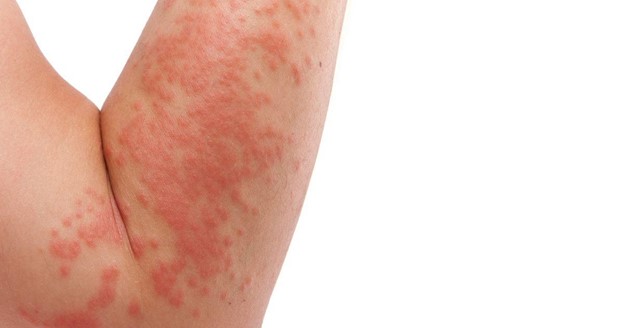
A rash is an area of swollen, irritated skin. It can appear in different patterns and varying shades of red, purple or brown. Some rashes are harmless, while others may be a sign of a serious illness. Rashes are also a common side effect of medications and can be very annoying. They often clear up with home treatment, but some need long-term therapy to control symptoms.
Rashes can be bumpy, smooth, dry or itchy, and they can cover a small or large area. Some rashes are a symptom of a disease that needs to be treated by a doctor, while others can be caused by allergies, drugs, infections, and even stress.
Some rashes are the result of direct contact with something that irritates the skin, such as poison ivy or poison oak. These rashes, called contact dermatitis, develop hours or days after the skin comes into contact with the poisonous plant. Other rashes are the result of a medication or an allergic reaction to food, such as eggs or milk, or from exposure to chemicals or dyes, such as household cleaners and laundry detergents. Other rashes occur from chronic conditions, such as eczema, or inflammatory disorders, such as Stevens-Johnson Syndrome.
The most common types of rashes are easy to treat with a few simple measures at home. Use cool compresses on the rash, and avoid scratching, especially if you have blisters. Put a damp cloth or ice pack on the rash several times a day until the itching and swelling stops. Take an over-the-counter antihistamine, such as loratadine (Alavert, Claritin) or diphenhydramine (Advil PM, Benadryl), to help with itching. You can also buy calamine lotion, which helps reduce itching.
If the rash is very painful, talk to your health care provider. He or she may recommend a cream or ointment, such as hydrocortisone, to soothe the rash and relieve itching. In severe cases, a doctor may prescribe pills to take by mouth that will reduce inflammation or suppress your immune system.
If your rash does not get better or worsens within two weeks of trying home remedies, see your doctor. Make sure you tell your doctor what you have tried, when the rash started and ended, and what makes it better or worse. Then your doctor will diagnose the rash and determine what’s causing it. In some cases, a doctor may have to do blood tests or biopsy your rash to find out the cause. He or she may recommend a special skin specialist (dermatologist) for further evaluation and treatment. Call Phenix Health and speak to one of our experienced doctors.





Phenix Health delivers online health services 24/7 provided by Australian doctors and healthcare professionals.